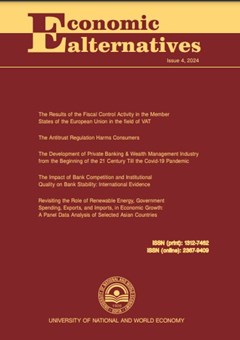A Study of Market Efficiency and Volatility of Jeera Future Trading
Authors: Tanushree Sharma, Puja Sharma, Simon Grima
Abstract
In 2004, the Jeera futures contract was launched on the National Commodity & Derivatives Exchange Limited (NCDEX) platform. Since Jeera was launched on the NCDEX it has witnessed volatility, and in the last 10 years, the Jeera rates have doubled on the spot markets. This was due to a fall in production – especially in Gujarat. To examine the performance of the Jeera futures market and its efficiency, econometric models, specifically Johansen’s Co-integration, the Vector Error Correction Model, the Impulse Response and the Variance Decomposition, are used on data from 2005 to 2019 from the NCDEX. The analysis revealed a longterm correlation between spot and futures prices, demonstrating that futures contracts are a viable hedging tool. Information flows unidirectionally from spot markets to future markets. Both markets undergo error correction to restore market equilibrium. The Granger causality test is utilised to assess the causal connection between future and spot prices. The augmented GARCH model was utilised to examine the contemporaneous relationship between spot volatility and unexpected futures trading activity, and the Granger Causality test was utilised to determine causality. The finding supports regulators’, real hedgers’, and other traders’ concerns.

